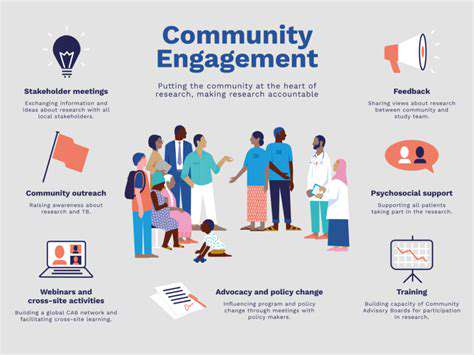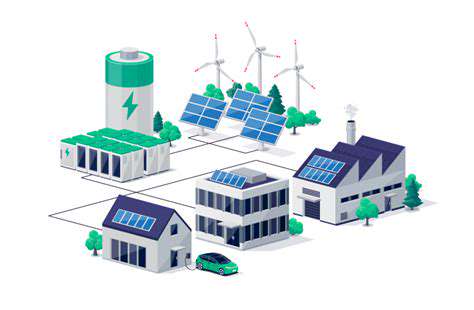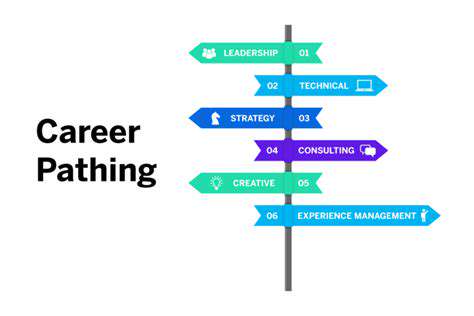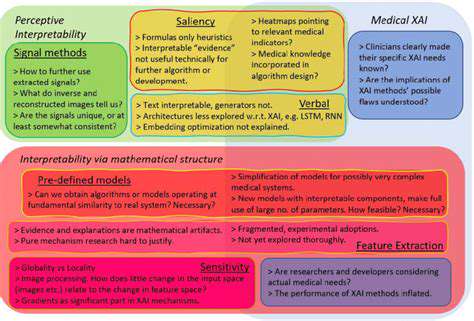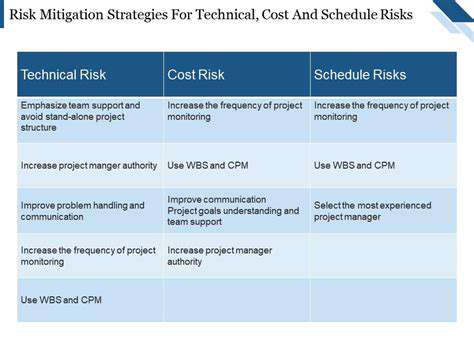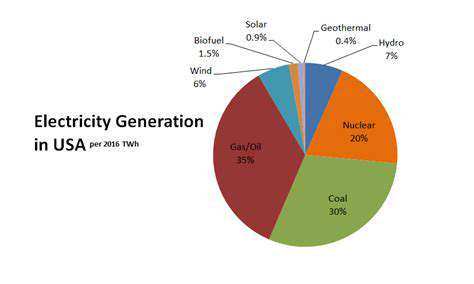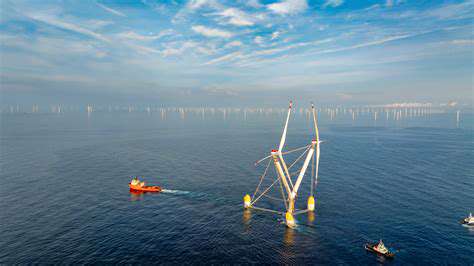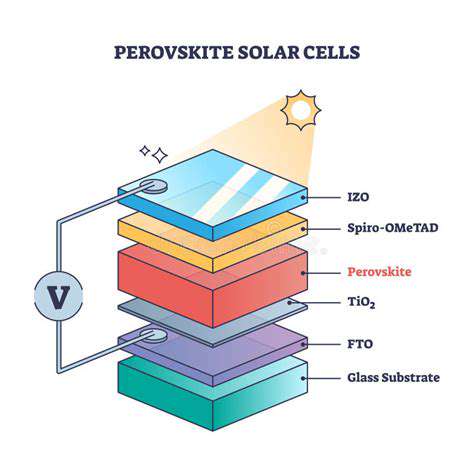Interconnection Policies for Distributed Renewable Energy Resources
The Growing Importance of Distributed Renewables
Interconnection Challenges in a Decentralized Energy Landscape
The rapid expansion of distributed renewable energy systems—like rooftop solar installations and community wind projects—is reshaping how we think about power infrastructure. Unlike traditional centralized plants, these decentralized solutions demand specialized grid integration strategies to prevent technical conflicts. Utilities must upgrade aging infrastructure while implementing smart monitoring systems to handle bidirectional power flows without compromising service quality.
Policy Frameworks for Facilitating Integration
Forward-thinking regulations play a pivotal role in renewable adoption. Jurisdictions that establish standardized technical requirements while offering flexible compliance pathways see faster clean energy growth. Massachusetts' SMART program demonstrates how tiered incentive structures can balance grid constraints with developer needs. The key lies in creating policies that evolve alongside technological advancements rather than static rules that quickly become obsolete.
Addressing Grid Stability and Reliability
Modern grids require adaptive solutions to manage renewable intermittency. Hawaii's battery mandates for solar installations show how energy storage transforms distributed generation from a grid challenge to a reliability asset. Advanced inverters with grid-forming capabilities now allow solar arrays to provide essential grid services traditionally supplied by fossil plants—a game-changing innovation for system operators.
Incentivizing Distributed Renewable Energy Deployment
Financial mechanisms must address both accessibility and sustainability. Virtual net metering programs have proven particularly effective in multi-tenant buildings, while property-assessed clean energy (PACE) financing removes upfront cost barriers. The most successful initiatives—like California's Self-Generation Incentive Program—combine performance-based incentives with workforce development requirements to maximize community benefits.
Streamlining Interconnection Processes
Bureaucratic delays remain a major deployment bottleneck. States like New York have slashed approval timelines by implementing automated screening tools for smaller systems while maintaining rigorous reviews for complex projects. Clear technical standards published in plain language help developers self-certify compliance, dramatically reducing administrative burdens without compromising safety.
Balancing Local and Regional Interests
The Vermont Standard Offer program demonstrates how locally-sited generation can align with statewide renewable portfolio standards. By setting fixed, long-term pricing for community-scale projects, the policy stimulates rural economic development while contributing to broader decarbonization goals. Such models prove that distributed energy can serve multiple policy objectives simultaneously.
Community Engagement and Education
Successful programs invest in grassroots outreach. Minnesota's Solar*Rewards initiative funds community solar gardens specifically designed for low-income participants, coupled with energy literacy programs. When residents understand both the financial and environmental benefits—and have tangible ways to participate—public support for renewable expansion grows organically.

Promoting Innovation and Future-Proofing Policies

Cultivating a Culture of Experimentation
Industry leaders like Ørsted transformed their business through structured innovation programs. Their 'Fail Fast Forum' encourages rapid prototyping while documenting lessons from unsuccessful trials. Such approaches prove that calculated risk-taking—when properly managed—yields disproportionate rewards in technology development.
Investing in Research and Development
The Department of Energy's REACT program funds high-risk, high-reward grid technologies through public-private partnerships. Early-stage investments in dynamic line rating systems now deliver 20-40% increased transmission capacity without new infrastructure—validating the long-term value of patient R&D investment.
Embracing Emerging Technologies
Australian utilities pioneered distributed energy resource management systems (DERMS) that coordinate millions of assets as virtual power plants. This technology leap—once considered speculative—now provides grid services more cost-effectively than traditional peaker plants, demonstrating how bold technology bets can pay off.
Fostering Collaboration and Knowledge Sharing
The Rocky Mountain Institute's Electricity Innovation Lab brings together unlikely allies—from utilities to environmental groups—to co-create solutions. Their non-proprietary grid architecture frameworks have become industry standards, proving that open innovation accelerates sector-wide progress.
Attracting and Retaining Talent
NextEra Energy's rotational development program gives engineers hands-on experience across generation, transmission, and trading operations. This cross-training produces uniquely skilled professionals capable of systemic thinking about energy transition challenges—a model other utilities increasingly emulate.
Adapting to Market Trends
Texas's ERCOT market demonstrates how real-time pricing signals can drive innovative consumer behavior. Dynamic rates have spurred development of AI-driven energy management systems that automatically optimize home energy use against wholesale prices—creating a new product category virtually overnight.
Building a Culture of Continuous Improvement
Germany's Energiewende demonstrates the power of iterative policy design. Annual adjustments to feed-in tariffs based on deployment data maintained steady growth while controlling costs. This feedback-driven approach keeps policies effective as technologies evolve and markets mature.
